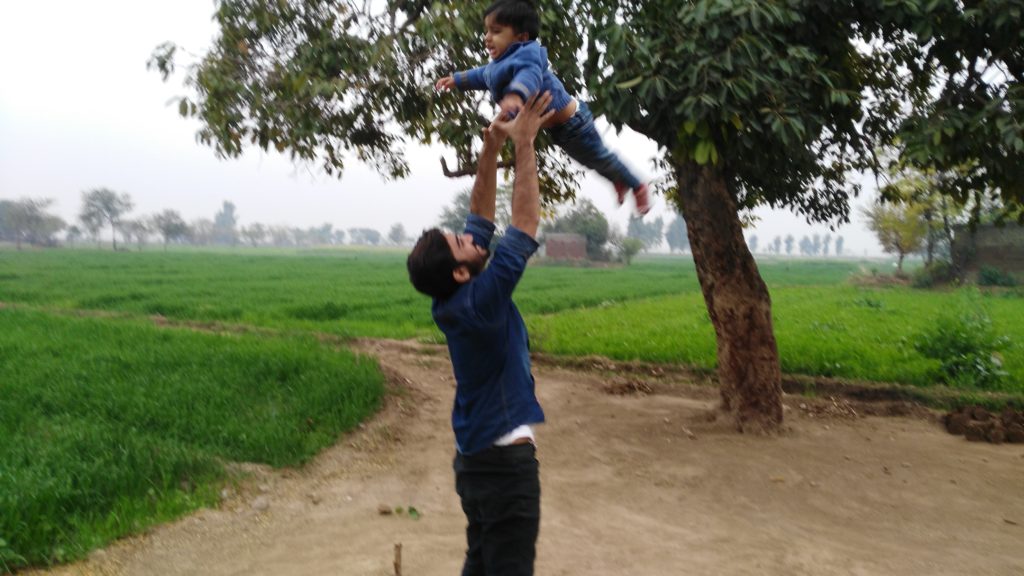Do We Only Treat Athletes?
By The Doctors at Active Health KC
One question we often get asked is, “Do you only treat athletes?” Before we get too deep this, let’s go into a bit of background about our clinic.
When we were choosing our name, we wanted to put the word “Active” in it. Why? Basically, two reasons. First, we knew our treatments would include exercise, which is obviously an active form of treatment. Secondly, we want our patients to take an active role in their treatment plan. Let’s talk a bit more about each.
But since we’ve put the word “active” into our clinic name, people see that word and wonder if it means that we only treat athletes. We’ve had patients that told us they were very hesitant to come to our clinic due to our name even. The purpose of this blog is to explain why the word active is so important to us and what it means with regard to treating athletes.
Exercise as Treatment
If you have been to our clinic, you know that at-home exercises are a key part of our treatment. Sometimes, the exercise is a very simple stretch or load that is performed multiple times per day. Other exercises, like strengthening exercises, might be performed 1-2x/day. Either way, if you have an issue, usually we have an exercise for that.
The reason we always incorporate exercise is that the research is very clear on its importance. If you want long term results, exercise MUST be part of the treatment. All the “hands-on” treatment (manipulation, dry needling, etc.) may only provide short term relief unless it is backed up with corrective exercises.
Active vs. Passive Role
Another key for long term results is having a patient take an active role in their treatment plan. Traditionally, many patients walk into a medical provider’s office thinking they will be “fixed” by the doctor. Likewise, doctors often view themselves as being able to “fix” the patient. The patient is taking a “passive role” in treatment and just waits to be “fixed.” However, this line of thinking has often been shown to be counterproductive and can lead to worse outcomes.
A more modern and evidence-based view of treatment is that the patient takes an active role in treatment. The doctor’s role is to provide education about the problem, and then the doctor and patient work together in the solution. The patient takes an active role in the treatment and is invested in the process. Again, research is pretty clear that this leads to better outcomes.
The Active Patient vs. Athlete
So hopefully I’ve established how our patients are “active.” They are engaged in an active form of treatment and they will also take an active role in the treatment plan. Both of these criteria will help our patients have longer-lasting results.
But is an active patient the same as an athlete?
Wikipedia defines an athlete as “a person who competes in one or more sports that involve physical strength, speed, or endurance.”
Some of you may read this and be on board with the active treatment and the active role but might get lost on this aspect. You might say, “I don’t compete in anything.” Maybe you don’t compete. Maybe you don’t work out. You’re still involved in a sport.
Life is One Big Sporting Event
You squat all the time. Maybe it’s to sit on a chair, maybe it is with 300 pounds on your back. Either way, it’s a squat.
You lift all the time. Maybe it’s when you pick up your dog, grandchild or a heavy kettlebell. Maybe it’s when you lift the Amazon package off the front porch. Either way, you are a lifter.
You move all the time. Maybe you sprint in the back yard with your kids. Maybe it’s walking with your cane down the hallway. Both of those are movement competitions.

Do we only treat athletes? YES!!!! Because all humans are athletes
You are an athlete and if you’re in pain, it’s making your athletic events a little more challenging. Our job is to you help you overcome that issue and get you back to your life. So if you need help, let us know.
Jeff Remsburg DC MS DACRB Cert. MDT
